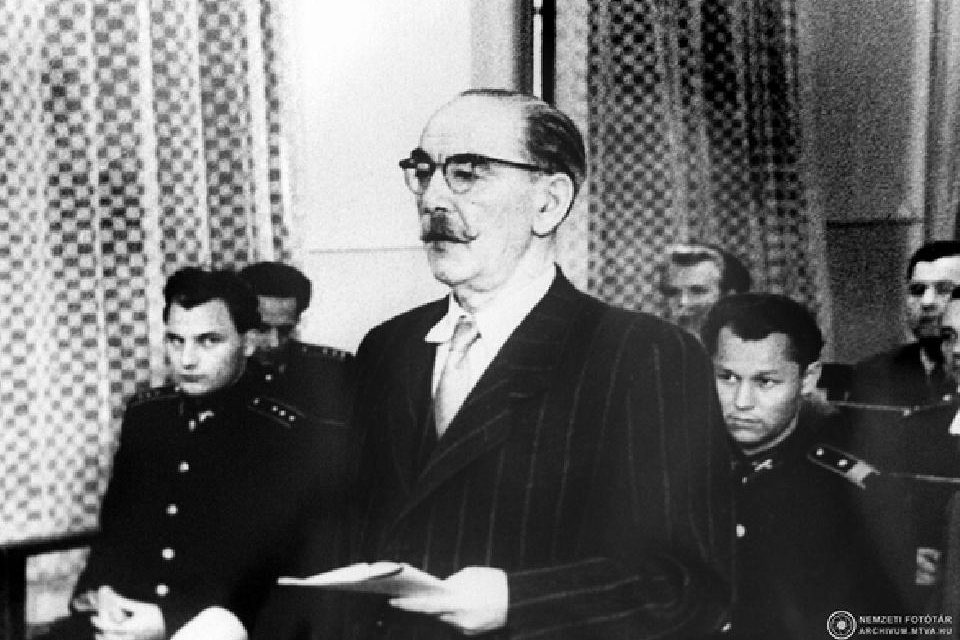"The verdict is final. The death sentences have been carried out," the Hungarians learned from the press on June 16, 1958, when they had already suffered the revenge of the communist government in Kádár for the second year. Although the so-called governor, János Kádár, who was responsible for mass reprisals, tried to break the backbone of the nation by executing Imre Nagy and his companions, on this very day, the reburial on June 16, 1989, the history of Hungarians, broken in half by wartime occupations, continued.
The 9-15 June 1958 During the closed and accelerated court proceedings between Based on the accusations, it was known that Imre Nagy was facing a death sentence, but journalists Pál Maléter and Miklós Gimes could also expect that. The conceptual nature of the trial is also supported by the fact that the former prime minister had no close relationship with either of them.
It is typical of the illegalities during the trial that the defendants were not allowed to consult their lawyers during the investigation phase, who had to read the thousands of pages of legal documents in a few days. The closed trial also violated the rights of the accused.
The Historical Justice Commission initiated on June 16, 1988, the anniversary of the execution of Imre Nagy and his companions, was part of the series of mass protests against the communist power that started in 1986 and were usually started by brutal means by the Kádár dictatorship.
The event was classified by the Ministry of the Interior as a hostile, counter-revolutionary action, so the police acted on that day with methods similar to the "Chain Bridge Battle" on March 15, 1986, ujkor.hu wrote.
That afternoon, the roads leading to the Batthyány memorial church were closed, but 100-200 people still showed up at the scene. The police produced 16 people, including Miklós Gáspár Tamás, Gábor Demszky, Róza Hodosán and Viktor Orbán, and they assaulted Csaba Könczöl with a rubber stick.
The reburial of Imre Nagy, the prime minister of the 1956 revolution, and his companions on June 16, 1989 was one of the most influential symbolic events of the Hungarian transition from communism to democracy.
In Budapest, on Hősök Square, a few minutes after 7 a.m., preparations were still underway. The coffins of Imre Nagy, Miklós Gimes, Géza Losonczy, Pál Maléter, József Szilágyi and the coffin symbolizing the unknown martyrs were already lined up in their place in front of the facade of the Műcsarnok, which had been transformed into a gigantic mortuary in the previous days.
At 10:10 a.m., those who brought flowers formed a slowly snaking line, the list of victims of the executions after 1956 was played from the loudspeakers, László Mensáros, Károly Rékasi and Helga Orosz listed the names for three quarters of an hour.
At 12:30 p.m., life stopped for a minute and bells rang all over the country. Passersby paid their respects to the memory of Imre Nagy and his fellow martyrs with a minute's silence, and motorists stopped and honked their horns.
After the collapse of Bolshevism and the regime change, June 16 became an important date in our history : the 1996 LVI. the law provided for the incorporation into law of the memory of the martyred Hungarian Prime Minister Imre Nagy and his fellow martyrs.
In addition to all of this, another June 16 entered Hungarian history. Because in 1991, on this day, the last train unit carrying Soviet troops - until then "temporarily stationed in our country" - left our country.
The article can be read in its entirety on Hirado.hu, here.












